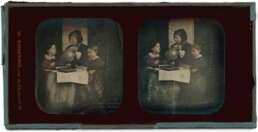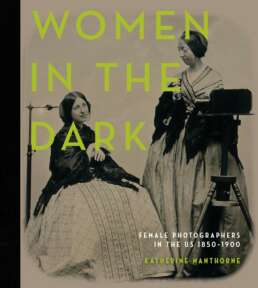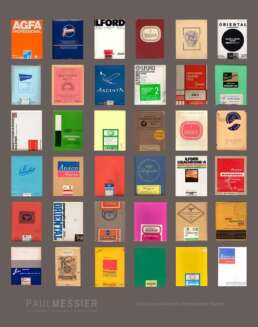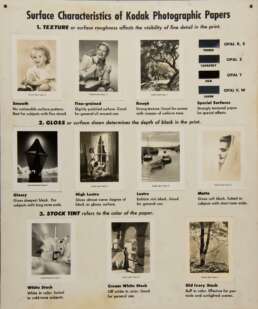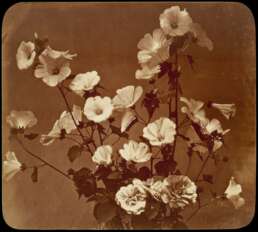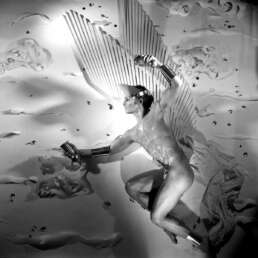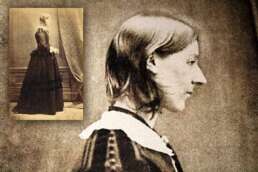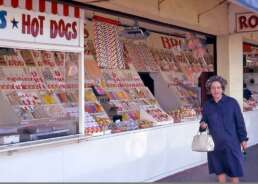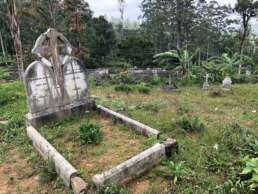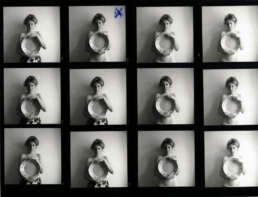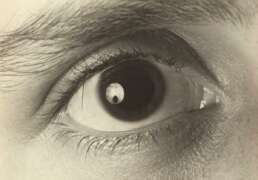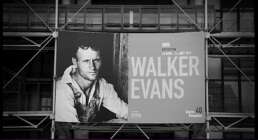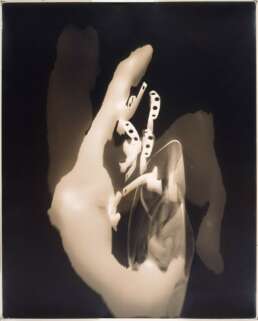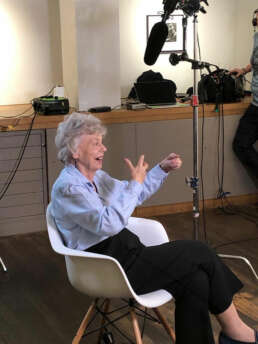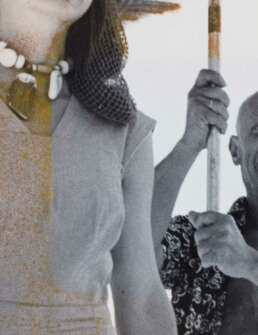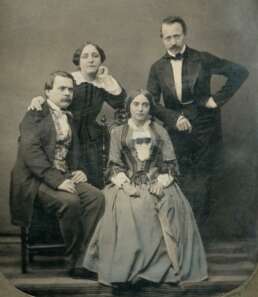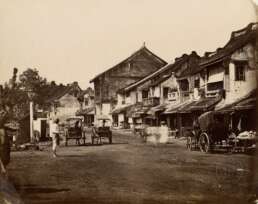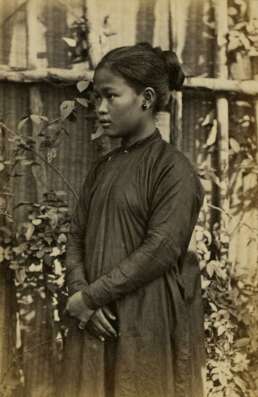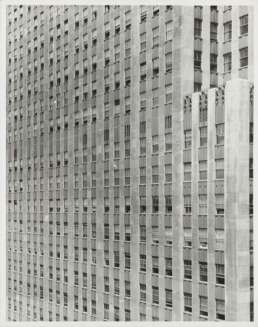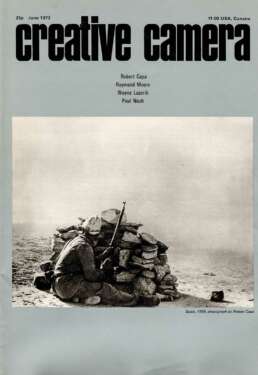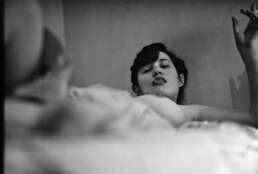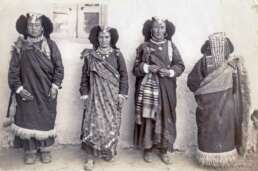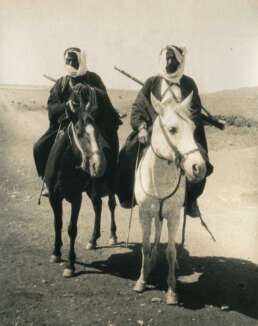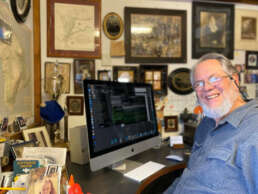Warren Thompson:
Stereo Daguerreotypist
Up to now very little was known about American-born stereo daguerreotypist Warren Thompson and the information we had about him was very scant, so much so that nobody knew when and where he was born or what happened to him after the early 1860s.
Women in the Dark:
Female Photographers in the US, 1850-1900, by Katherine Manthorne
On April 22, 1890, citizens of the central Kansas town of McPherson were greeted with a directive in the local paper: “Expression is the key to character. Think of this then have Mrs. Vreeland Whitlock take your picture.”
Photographic Papers in the 20th Century:
Methodologies for Research, Authentication and Dating
Coming in close succession, major authenticity scandals in 1997 and 1999 involving photographs attributed to Man Ray and Lewis Hine sent a shudder of uncertainty across the collecting community.
Image Isn’t Everything:
Revealing Affinities across Collections through the Language of the Photographic Print
A photograph is more than an image. Paper, the physical material of the photographer, plays a vital role in the appearance of a photographic print and in conveying the photographer’s intention for it.
The Troubled Life of a Dandy: John J. McKendry, Curator of Prints and Photographs at the Met (1967-1975)
“Mad Romantic” is a term often used in the literature to describe the biographical journey of the extravagant John J. McKendry.
Steven Arnold
On his studio floor or on small stages, Arnold would construct elaborate sets covered in fabric, paper, and found objects such as masks, jewelry, toys, bottle caps, coins, and shells. These repurposed parts proved the value and power of trash, of the discarded and meaningless, made into precious treasure through Arnold’s photography.
Florence Nightingale:
The Mysteries Behind Her Iconic Photographs
It is very important to bear in mind that when she sailed for the Crimea, the name of Florence Nightingale was totally unknown to the general public. Queen Victoria herself had only heard mention of her a few days prior to her departure and knew very little about her.
Chronic Nostalgic:
How I became a dealer in vernacular colour slides
The chase involved in looking through thousands of amateur photographs in search of those that elicit the same endorphin rush as professional photographers' best work is a challenge of endurance and often a masochistic practice.
Julia Margaret Cameron
A Priestess of the Sun
To prepare for every contingency, the Camerons had brought along their coffins, the maid, and a live cow on the ship traveling to the distant shore.
Francesca Woodman: On Being an Angel
Among the lot, one group stood out and I gravitated toward them. One student took ownership, identifying herself as Francesca Woodman.
The Commissioned Oxford Stereos of Spiers and Son
What makes Spiers and Son’s Oxford in the Stereoscope so unique for the photo historian is that the original negatives used to print the cards have nearly all survived and that there were at least twice as many images taken than were published. It is a real photographic treasure!
Collecting as a Mirror of Changing Times:
Photography at the Städel Museum
“I’ve put several trial photographs on display at the Städel’sches Kunst-Institut”, announced Frankfurt photographer Sigismund Gerothwohl (1808–before 1902) in 1845 in an advertising text in the newssheet of the Free City of Frankfurt.
Walker Evans
at Centre Pompidou, 2017
For Evans, true lyricism entered spontaneously or was discovered after the fact.
From Pigment to Light
Artists frequently hesitate to apply the results of their experiments to their practical work, for they share the universal fear that mechanization may lead to a petrification of art.
Sue Davies OBE
(née Adey, 14 April 1933 – 18 April 2020)
Two days after I arrived in London in March 1975 I started working at The Photographers' Gallery. It was ten days before the photography auction that Philippe Garner and Sue had tirelessly worked on for months.
Photographic destroyers: framing and mounting materials!
The poor quality materials commonly used in commercial mounting and framing can seriously damage photographs, especially gelatine silver prints. Such prints are particularly vulnerable as the finely divided silver, which forms the image, has a huge surface area so is chemically very reactive.
When a family album turns out to be a piece of photographic history
During the summer of 2019, while we were going through stereo cards and photographs at Bruno Tartarin’s professional premises, my assistant Rebecca drew my attention to a photo album she had just leafed through and which had awakened her interest.
JAKARTA (BATAVIA) in Nineteenth Century Photographs
Since my teenage years, I have always been fascinated to seek out the earliest photographs of the cities I visited to understand what the cities used to look like and how they developed into what they are today. This was normally achieved through books. Naturally when I arrived in Jakarta in late 1989, I sought out books containing early photographs of the city.
Early Photography in Vietnam
We travelled slowly down the narrow coastline from Hanoi in the north, to Saigon in the south. On the walls of a number of coffee shops and restaurants, along the way, enlarged coloured French postcards of early-1900s local scenes and portraits were often displayed - suggestive of Vietnamese people’s latent interest in the visual history of their country.
How to Become the Greatest Living Photographer!
My father, Erwin, came to New York in July 1939 to advance his photographic career. He had just finished a one-year contract with Vogue (Paris) where he had produced that most memorable image of Lisa Fonssagrives floating in her dress on the Eiffel Tower. Erwin was then hoping to arrange a better contract from Harper’s Bazaar and other magazines.
Collecting photographs before the modern photography market
In the late 1960s I was a student at university. I had no money and struggled to afford the two shillings and sixpence each month to buy Creative Camera Owner magazine. But I knew I had to have it.
In My Room: Saul Leiter’s intimate Portraits
The women in the photos are collaborators – conspirators – sharing with the photographer intimate moments that will be preserved in gelatin silver. Saul and his subjects are playing, romping, having a good time together. As each woman lets her guard down, revealing her true self, she reflects the trust she has in Saul.
Early Photography in Ladakh, Baltistan & Lahoul 1860-1930
Ladakh, is a remote province of the North-Western Indian Himalaya, situated, to the north of Kashmir, and on the borders of Pakistan and Tibet. Although nowadays politically a part of India, it is largely culturally Buddhist and ethnically Tibetan.
Babylon Halt – Agha’s travel photographs
These weren't run-of-the-mill holiday pictures. Agha had them printed on 11 x 14 inch paper, an unusually large size for holiday snaps. Some of the images reminded me of the Tintin books I used to read as a child.
Dennis Waters
(18 October 1951 – 12 May 2020)
He was an entrepreneur, a scholar, a showman, but most importantly, a husband and a dad. Every time I heard Dennis end a phone call to his wife or children, he ended it with, “Love Ya".


